The image of the mountain I have in my mind’s eye has a triangular silhouette (not unlike a Toblerone) and a dusting of snow on its craggy peak. A hill, on the other hand, has a gentler, more undulating shape - it’s carpeted in grass, rather than snow.
But these mental images don’t match up with reality - the landscape resists being so neatly categorised. The Lakeland Fells appear to be both: ‘fell’ is used in Cumbria to mean any high ground, thereby incorporating hills, mountains and moors. And then there’s the Marilyns, hills that rise 150m from the land that surrounds them. It made me wonder - when does a hill become a mountain? And is it only distance that separates them?

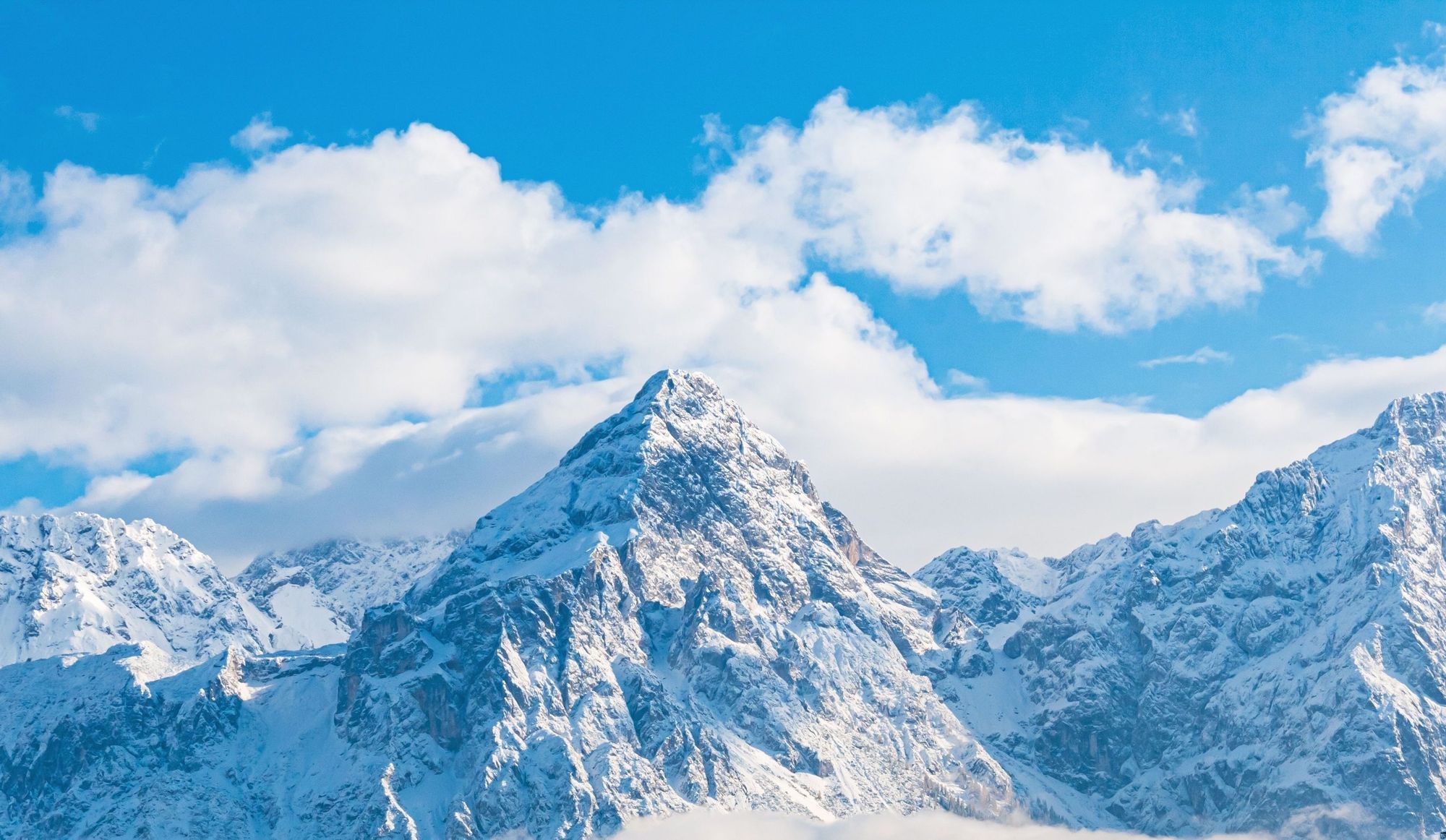
How we imagine hills (left) and mountains (right). Photos: Canva
Making a Mountain out of a Molehill
In search of more information, I checked the US Geological Survey’s website.
“The U.S. Board on Geographic Names once stated that the difference between a hill and a mountain was 1,000 feet of local relief, but this was abandoned in the early 1970s. Broad agreement on such questions is essentially impossible, which is why there are no official feature classification standards,” it stated.
It’s nice to imagine that this might be a geographic version of the American Dream (any hill can be a mountain, if that’s what it wants to be), but actually it was probably to prevent arguments. According to Emeritus Secretary Meredith Burrell, the board could barely agree on its own name.
Broad agreement on such questions is essentially impossible, which is why there are no official feature classification standards
“The suggestion was to vote on ‘geographic names’. Ilckes asked Isaiah Bowman what he thought of this, and Isaiah did not think much of it. He thought it should be 'geographical names’. He was a very stubborn man too,” he writes.
In the same essay, Burrell applies ‘Bedeutungsfeld’ - a linguistic term for a range of meanings of a word - to the naming of landforms.
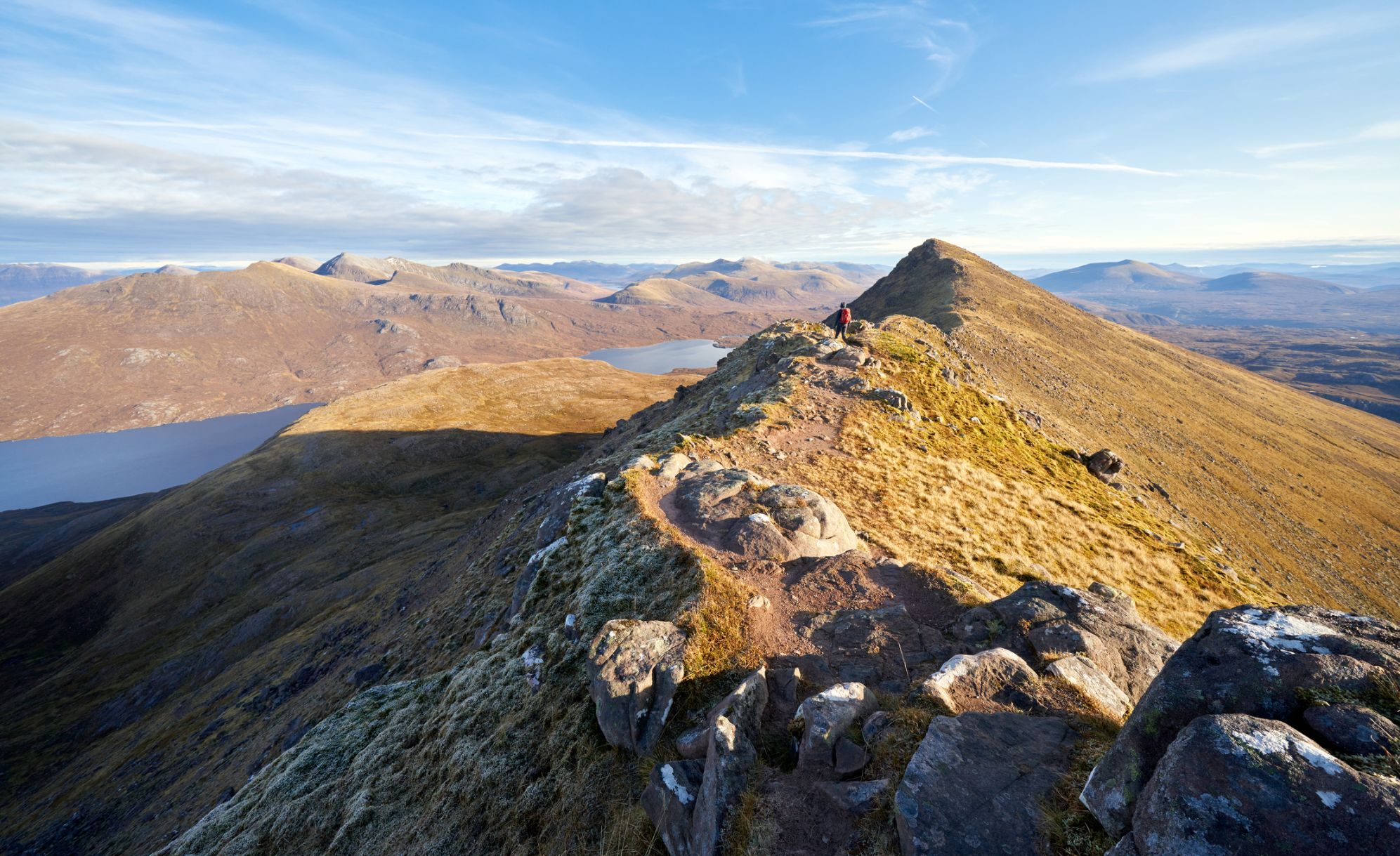
“Common toponymic terms have great variations in meaning for different people, not just different groups, but different people,” he explains.
While I learned that the U.S. Board of Geographic Names was a fertile ground for philosophical debate, it hadn’t brought me closer to an answer.
It was time to call in the big guns.
The Measure of a Mountain
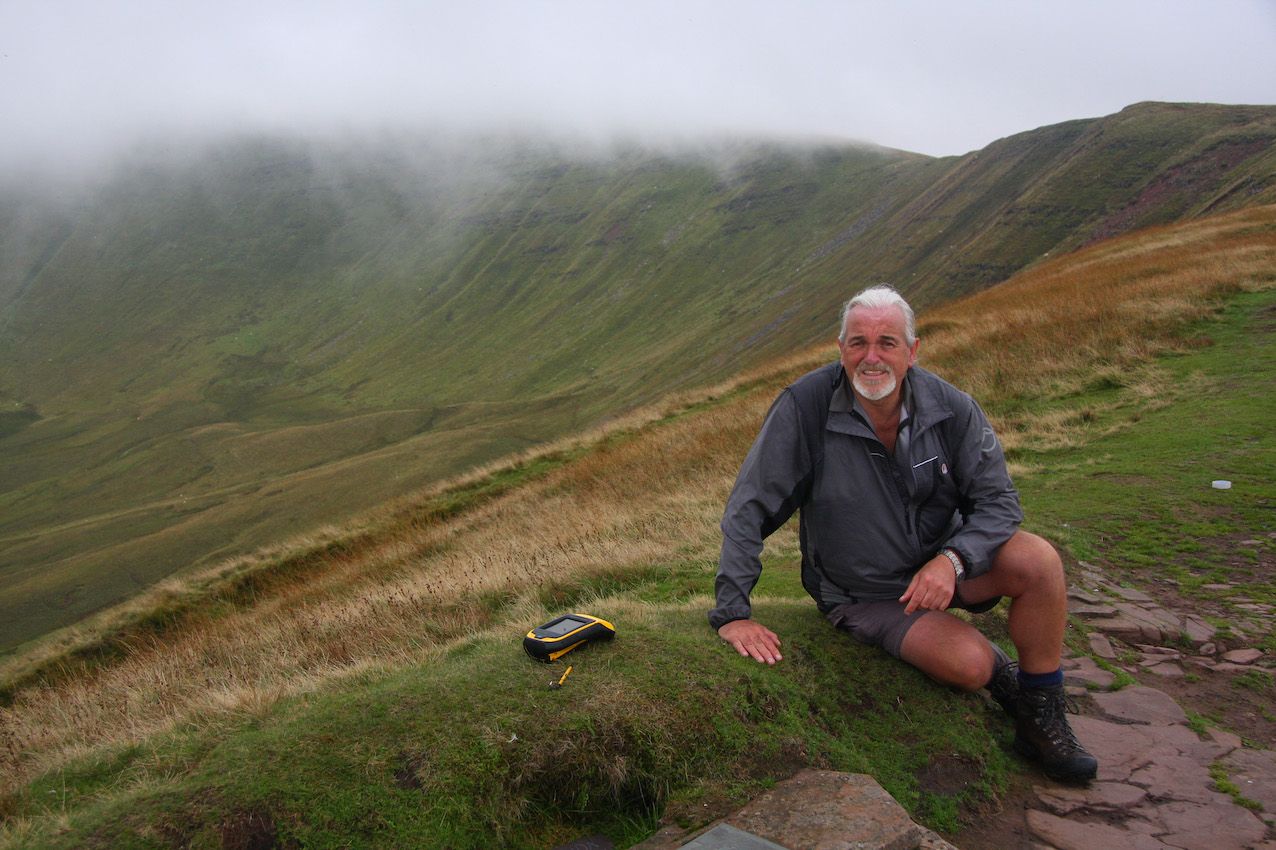
Myrddyn Phillips is an avid walker, independent surveyor and hill lister, the act of creating a list of hills that correspond to certain criteria - lists which are then used by ‘hill-baggers’, who set themselves a challenge to climb every one.
Phillips’ own hill lists include Y Trichant, a list of all Welsh hills with a height of 300m, and The Fours, a list of English hills measuring 400m (the latter co-authored with Aled Williams).
“However, not all hill lists are objective with firmly set qualifying parameters. Some are subjective and list hills on personal opinion based on individual merit,” he explains.
One such list is the Huws, a list of ‘100 Great Welsh Hills under 2000 feet’. The remit for this list was ‘variety’ - it has been compiled to introduce hill walkers to the diversity of the Welsh landscape.

I figure an authority on hill-measuring must have a solid grasp of the landform’s definition, but when I query Phillips he says the difference between a mountain and a hill is subjective.
“What you call a mountain depends on your location. Something you call a mountain in the UK wouldn’t necessarily be looked on as a mountain in the Himalaya. My definition of a mountain only applies to England, Wales and the southern uplands of Scotland – the topography is completely different north of the Highland fault line,” he says.
“My definition of a mountain in this area is anything above a height of 2,000 feet, which is 609.6 metres. I base it simply on what has been used by list-makers in the past. It’s a commonly accepted measurement and it works well here.”

Phillips is particularly interested in reclassifying what he refers to as “marginal candidates”, hills which are very close to being mountains in height. The Ordnance Survey measures hills using orthography (which takes measurements from aerial photography) and has a three metre margin of error, whereas Phillips’ trusty Trimble GeoXH 6000 surveying device is accurate to within 10cm.
Phillips and two friends have made national news on numerous occasions for hills they’ve managed to get reclassified to mountains, including Thack Moor in Cumbria and Calf Top, in the Yorkshire Dales.
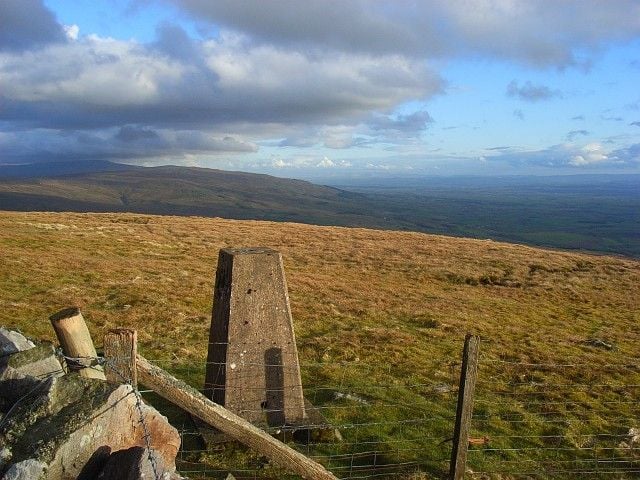
Why are such reclassifications important, I want to know. Because mountains are considered to be higher than hills, Phillips says.
“It’s something in human nature that makes that feel important. We’re always seeking to be the highest not the lowest, the fastest not the slowest,” he continues.
Gaining in Prominence
Height is not the only way to measure a mountain. Prominence is also important. It can be defined as the difference in height between the summit and the terrain that encircles it. So a mountain might be 1000m high, but if the nearest peak has a height of 1,100m and a connecting col between each of 990m, then prominence will be 10m for the lower peak.
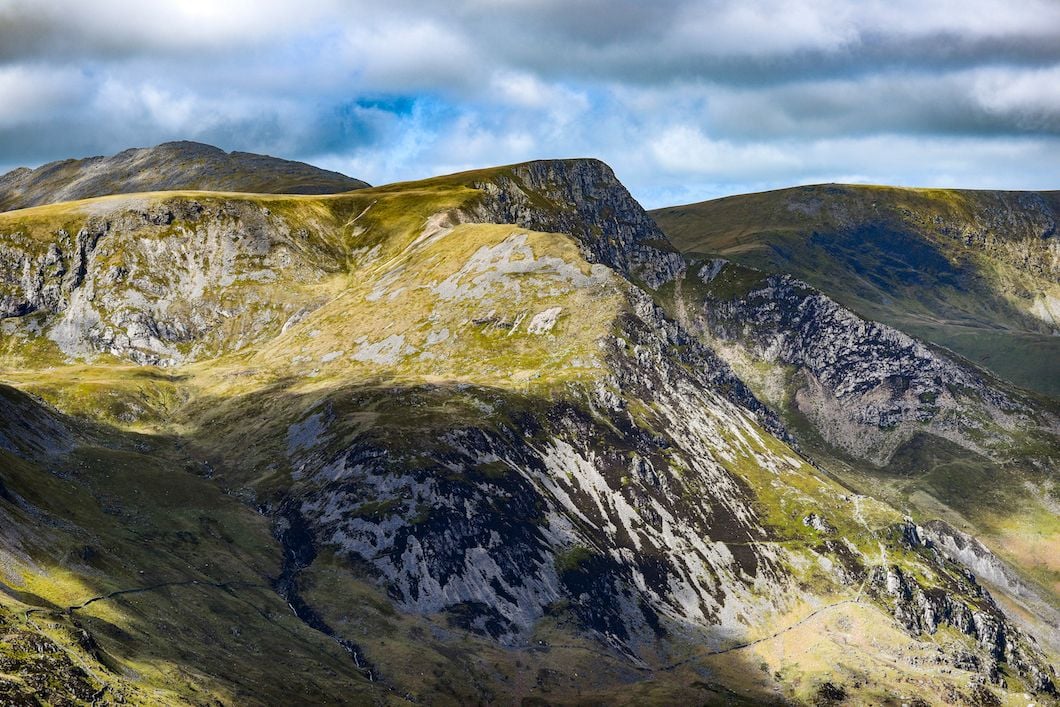
“Prominence helps you differentiate between one hill and another - it’s important when you’re looking at ridges,” Phillips explains. “Because otherwise you’re wondering if every knobble along it can be defined as a mountain.”
Two of the most important prominence measurers are Anne and John Nuttall - their classification of mountains, Nuttalls, are peaks with an elevation over 609.6 metres and a prominence of 15 metres. However, according to the UIAA (International Climbing and Mountaineering Federation), a mountain must have a prominence of 30m to be recognised as such. In response, Alan Dawson - founder of the Relative Hills Society - has created the Hewitts, a list of mountains over 609.6m high, with a prominence of 30m.
Height is manmade anyway - a metre or a foot is a measurement humans created. It helps us try and categorise things.
There are plenty of different lists and definitions out there - Humps, Tumps, Simms, Deweys and Birketts, to name but a few. They’re evidence to suggest that the act of differentiating a hill from a mountain is entirely subjective.
“If you think about it, height is manmade anyway - a metre or a foot is a measurement humans created. It helps us try and categorise things. Give order to nature, in the hope of understanding it better,” Phillips says.
“Height is also about achievement - it matters to a lot of mountain climbers. I used to head straight for the highest mountains. But now I’m discovering the joy of lower hills, and the process of exploring and investigating them.”
Inspired? Why not check out our Trekking and Hiking Holidays in the UK?




